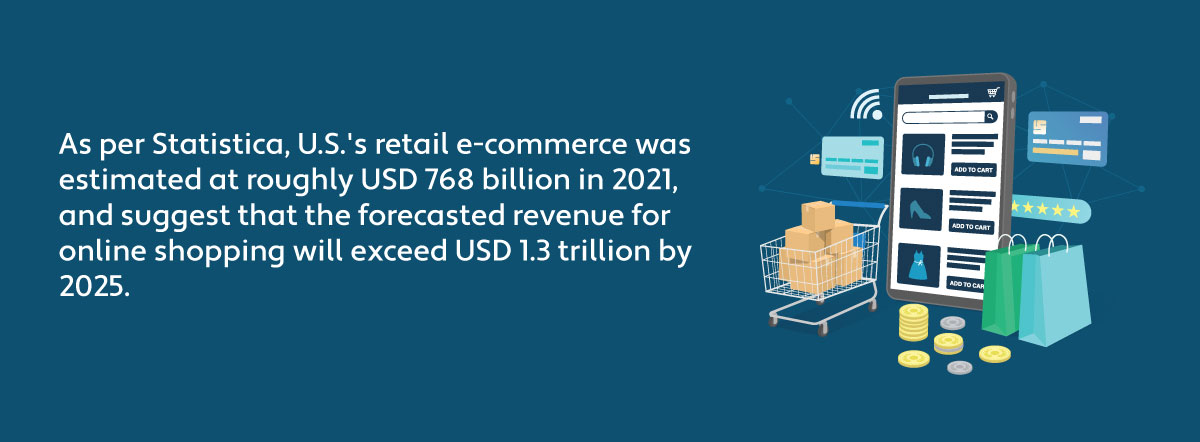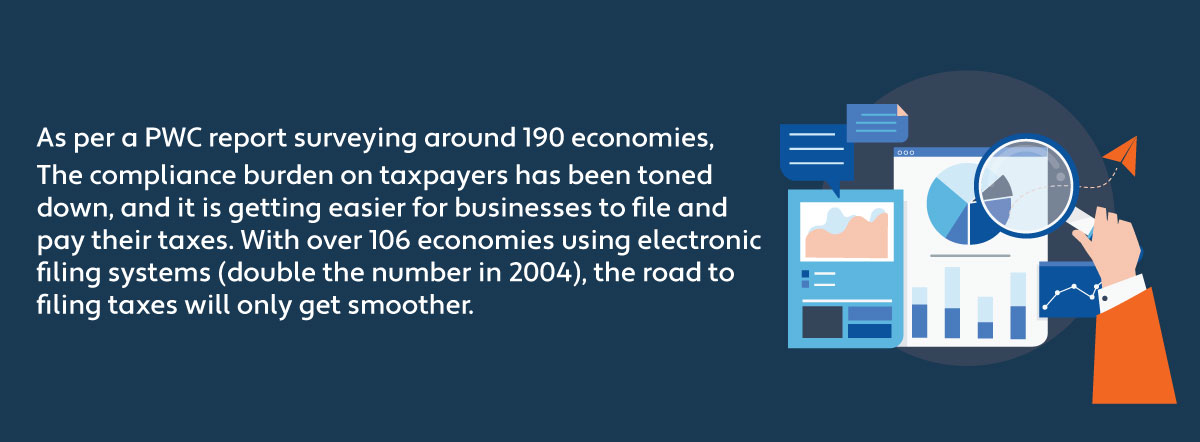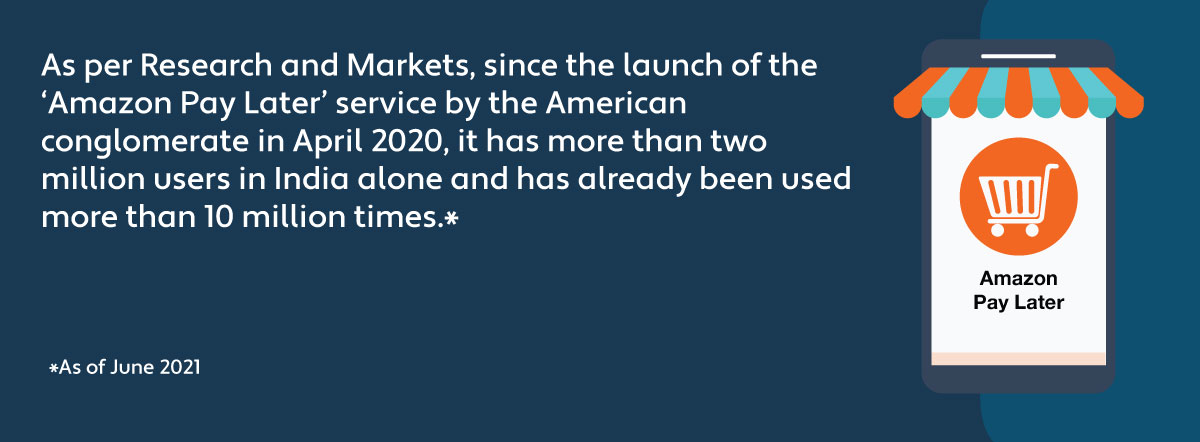
Impact of Sales Tax Changes in 2021: Is your Business Ready for 2022?
The new year is here. While the recovery from the pandemic is underway, the ripples of the socio-economic instabilities that it has stirred are still being felt by industries worldwide. Not surprisingly, the shockwaves it has generated have created an air of complexity, risk, and uncertainty within the tax and regulatory ecosystem. Hence, businesses must consider the fast-changing environment and its over-arching impact to make informed and compliant decisions.
Economic Update
Covid -19: The Disruptor
Without a doubt, the pandemic has been a disrupter of business worldwide. As factories and offices were temporarily closed, the production of goods and rendering of services inevitably declined.

For instance, when U.S. import volumes reached a record high in 2021, it resulted in massive congestion at the Los Angeles and Long Beach ports. These ports are known to handle 40% of U.S. imports. Based on Marine Exchange data, around 111 container ships were anchored, waiting to unload. Amidst what the industry called a “containergeddon”, companies were turning to local procurement from alternative suppliers to fulfil demand requirements.
While the sourced products might have differed vastly from the product the consumers are familiar with, the businesses’ complications did not end there.
Understandably, the supply chain of enterprises was disrupted, but it also complicated tax compliance. Some of the intricacies were:
- Distinct identification of the newly sourced products for tax purposes
- Opting for new storage facilities or remote working of employees may create nexus and new tax obligations
- Tax burden on account of resulting drop-shipping relationships
- Scenarios of sales refunds may create tax implications
“These supply chains are complex, even products as simple as a pencil. Going to have to use wood from Brazil, and graphite from India before it comes together at a factory in the United States to get a pencil. Sounds silly, but that’s literally how it (is).
So, all of a sudden you got the Covid crisis in Brazil. You can’t get the product made because the plant shut down. That’s what’s happening”
Joseph Biden, 46th President of the United States
The Evolving E-commerce landscape
While on one side, the global coronavirus pandemic set in motion an economic downturn, it also kindled the slowly growing e-commerce industry. At the onset of the pandemic, consumer spending had dropped only to rebound in the last pst the U.S. Government’s stimulus packages and benefits that helped boost the disposable income of consumers.

However, an explosion in e-commerce has triggered a set of mixed fortunes. The increasing e-commerce channels bring with it rising indirect tax complexity in the form of new sales tax obligations and collections arising from online sales.
Earlier, retailers having both online and physical presence would be obligated to collect sales tax only in the state where they had tangible facilities such as offices or warehouses. However, it has now triggered the issue of economic nexus, wherein businesses have to collect sales taxes based on which state they have a significant physical presence or significant connection.
The long-standing subject of debate stemmed from the Supreme Court case of South Dakota v. Wayfair, Inc. (2018). The landmark decision affirmed that states have the right to collect sales taxes on purchases made from out-of-state retailers selling online.
Nearly four years after the decision, 43 U.S.states have adopted the economic nexus laws that require sellers from other states to remit sales tax to state governments where they have made a sale despite not having a physical presence. In most states, this also flags the marketplace facilitator laws for such online marketplaces, wherein sellers are obligated to collect and remit indirect tax on behalf of their third-party sellers.
To add to the complexity, each state has different rules with regard to economic nexus, stipulating a different rate or threshold. The varied and widespread nature has not only compounded the indirect tax obligations but also added further compliance burden to businesses.
Moving Towards a Digitized Economy
The secondary aim of the digitalization of business processes is to ease the burden of compliance that currently rests on the shoulders of the taxpayers. Traditional economies which are heavily reliant on paper-based records can improve their process through digitalization and enhance the reliability of their data.
Tax authorities are looking to gain insight into sales data by mandating electronic invoicing, digital filing and reporting to reduce tax gaps and enforce compliance in a synchronized manner.

In this hyper-connected world, businesses expect hassle-free and seamless tax administration. Hence, a sound tax system is only possible through the adoption of emerging technologies for data management and administrative feasibility.
The afore-mentioned economic changes have disrupted business and indirect tax compliance in unpredictable ways. Thus, it is pertinent to understand the evolution of the tax system in the past year that may impact your business.
Developments in Sales Tax in 2021
- Tax Filing Extensions
The extension of statutory tax filing deadlines has been the knee-jerk reaction to the ongoing global crisis. However, in essence, many states have given only a partial remedy wherein one can pay the tax later, but the return will still have to be filed with the earlier timeline.
The year 2021 majorly experienced a waterfall effect of sales tax extensions from the first year of COVID infliction (i.e. 2020). For instance, businesses in California filing sales tax returns for any amount less than USD 1 Million were eligible for a three-month extension on tax payments. Hence, while the original due date would have been December 2020, the revised filing date was March 2021. Similarly, if the original due date to file and remit state-administered sales tax was April 1, 2021, it was then extended to June 30, 2021.
- Nexus and Marketplace Laws
While the pandemic may have thrust into action many states into expanding their tax jurisdictions, the issue around the economic nexus has been around since the Supreme Court Decision on South Dakota v. Wayfair, Inc. Last year, on July 1, 2021, states like Florida and Kansas passed an economic nexus and marketplace facilitator law.
However, many states have raised concerns regarding the implications of this law, considering the increasing remote working during the pandemic. States like New Jersey and Rhode Island have provided taxpayers with an exception to companies having employees who are temporarily working from home due to COVID-19 despite the when nexus being triggered.
For instance, based companies headquartered in India (such as TCS, L&T, and Birlasoft) with operations in New Jersey might have initially found themselves subject to taxation if their Indian employees were temporarily working out of their U.S. office. However, due to relaxations offered by the state, the sales tax nexus has been waived.
Further, the marketplace facilitator laws were also adopted in 2021 by most states. This means that the onus lies on the marketplace to collect sales tax for third-party sellers. For instance, if the Indian e-commerce company Flipkart made sales to customers in the U.S. through its California office, the same would need to be considered while calculating its economic nexus threshold. E-invoicing
Though the recommendation of introducing e-invoicing as a mandate has been around for many years, it is yet to be implemented by businesses in its fullest sense.
In the U.S., each state has its requirement as to how the indirect tax must be depicted on the invoice. Further, in most states, invoices or receipts are separately required for each transaction. With forms and requirements for claiming a sales tax exemption, also being unique to each state, e-invoicing will significantly reduce the burden of the taxpayer offer.
In order to ensure seamless transitioning from paper to e-invoicing, the U.S. Government announced a project on June 30, 2021, to standardize the B2B electronic system. The aim is to create an immensely secure international network to allow enterprises to gain access to critical documents in a standardized and electronic form. As of October 14, 2021, around 73 organizations have signed up to create a unified B2B electronic invoicing system.New Regulations For The Digitally Evolving Landscape
Early last year, Maryland was one first U.S. states to enact a digital advertising tax. Being the first mover in the country, it has imposed a rate ranging from 2.5% to 10% on an organization's gross receipts for digital advertising undertaken in Maryland. While the law was effected on March 14, 2021, it is retrospectively applicable after December 31, 2020. Though controversial, globally, the taxation of digital services is already a matter of interest in countries such as France and India, which are already subject to tax.
Despite the legality and the criticism that it has opened up, several states have filed suit over the past year. These include Connecticut, the District of Columbia, Indiana, Massachusetts, Montana, Nebraska, New York, and West Virginia. Hence, companies all over the country have to prepare how to address the reporting and remittance obligations.
What to look forward to in 2022 and beyond
- Upcoming Economic Nexus Implementations
While most states enforced and implemented the economic nexus rules in 2021, Missouri was the last in line to adopt it on June 30, 2021. Owing to Missouri's complicated sales and use tax system, which overlaps with more than 2,000 local taxing jurisdictions, the nexus rules take effect in 2023.
Until last year, taxpayers in Maine had to collect and remit sales tax if their taxable income exceeded USD 100,000 or a sum of at least 200 separate transactions equals USD 100,000. With effect from January 1, 2022, Maine has withdrawn the 200 transaction threshold. Clarity in taxability of BNPL options
The global pandemic has brought about a fundamental shift in the way consumers interact with businesses. Considerable digital adoption in the industry coupled with the rising importance of e-commerce platforms over solely traditional transactional methods has been the highlight during this period.
This also led to the emergence of the BNPL or “Buy Now, Pay Later” option. It refers to short-term or micro-credit options offered to customers at marginal interest rates. The customers can make purchases on credit and make payments within a stipulated period of a few days or weeks. Considering BNPL is a credit card challenger, it is increasingly found on food delivery, travel booking, grocery, and other essential delivery platforms.
"It will become the fastest revenue driver for the business because there has been a 45X growth in the BNPL transactions in the last two years. New user addition is very high; repeat rate and average ticket size are going up."
Upasana Taku (Co-founder of MobiKwik)
Globally, enterprises are widely adopting the BNPL option as it helps them manage their expenses with flexible, transparent, and affordable repayment options. It also helps them significantly improve customer experience and drive sales. Importantly, however, it helps maximize tax deductions.

Here sales merchants need to be aware of the effects of BNPL on sales tax. The questions arising in this regard are:
- Since repayment is made in installments, should sales tax be levied in one go during the first repayment or made payable at each installment?
- Considering the gap between the first and final installment, should the sales tax rate change in the interim, and what would be the applicability of the sales tax new rate to the earlier payments?
- Would they also be subject to sales tax if there are incidental charges or fees?
Most likely, the responses to the above question would vary by state. For instance, retail sales tax in Washington for goods sold in installments is due in the reporting period when the sale is made; one won't receive it irrespective of the fact that full payment would be received only later until later. However, how various states deal with the taxability of BNPL options remains to be seen.
Future Outlook
In 2020, many U.S. states faced steep declines in sales tax revenues due to the onslaught of the pandemic and the consequent contraction in the economy. However, several of these states registered double-digit growth in sales tax revenue in 2021, which had been fueled by two government stimulus packages, changes in consumer spending during the pandemic, collections from ecommerce transactions, and so forth.

Going forward, companies will have to keep the following pointers in mind:
- In order to ensure the revival of the overall economy in the post-pandemic world, it will be necessary to examine the logistics networks routinely. Further, one needs to be cautious of any variations in key performance indicators such as revenue, profit, average inventory, lead time, etc.
- Make use of measures or refunds provided by the government in response to the pandemic and stringently monitor and maintenance cash taxes.
- Take stock of your business's existing resources and evaluate whether they will be sufficient to meet ongoing indirect tax compliance requirements.
- In light of the ongoing recovery, be future-ready and develop a robust response system to deal with both opportunities and risks that may crop up.
With these in mind, an economic rebound is expected to drive higher levels of sales tax in the year 2022.









